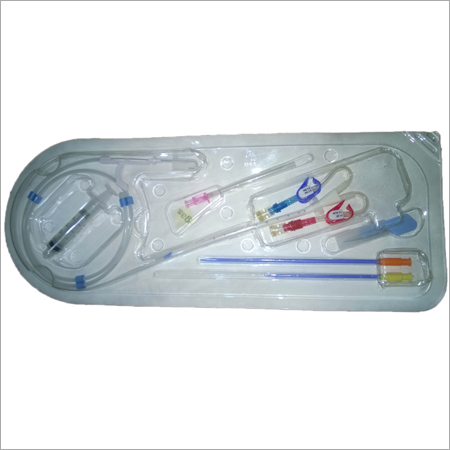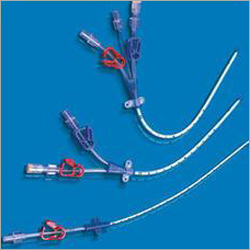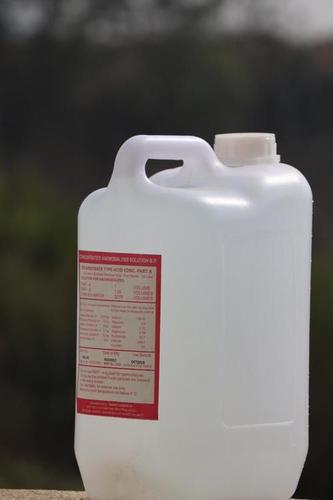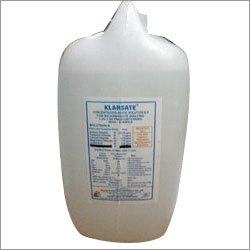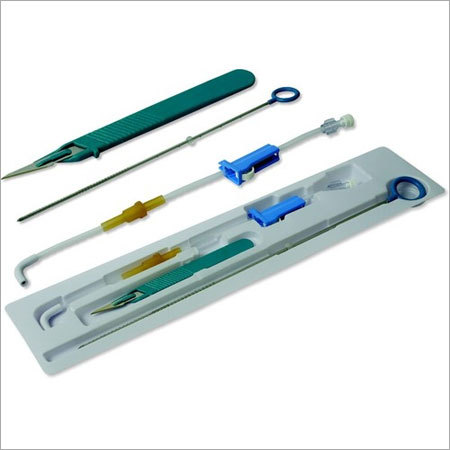
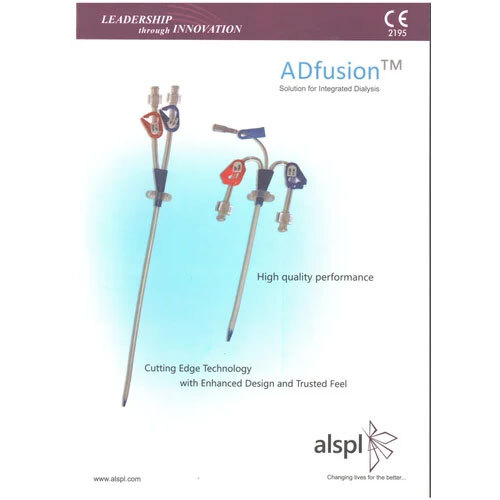
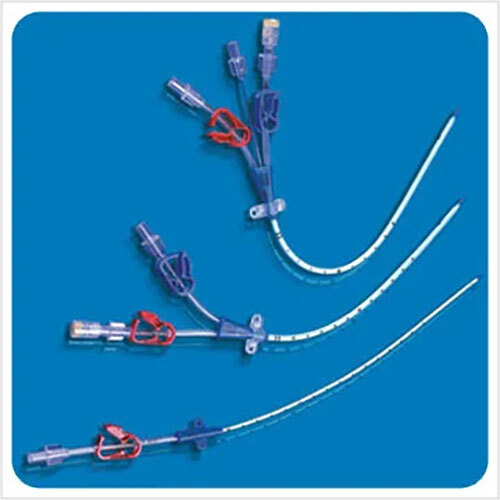
Dialysis Catheter
Product Details:
- Application Hospital
- Size Standard
- Condition New
- Portable Yes
- Operating Type Manual
- Color Green
- Click to view more
Dialysis Catheter Price And Quantity
- 20 Kit
- 1450 INR/Kit
Dialysis Catheter Product Specifications
- Manual
- Yes
- New
- Green
- Standard
- Hospital
Dialysis Catheter Trade Information
- 10 Kit Per Day
- 5 Days
Product Description
Dialysis Catheter:-
The dialysis catheter used for hemodialysis is a tunneled catheter because it is placed under the skin. There are two types of tunneled catheters: cuffed or non-cuffed. Non-cuffed tunneled catheters are used for emergencies and for short periods (up to 3 weeks). Tunneled cuffed catheters, a type recommended by the NKF for temporary access, can be used for longer than 3 weeks when: An AV fistula or graft has been placed but is not yet ready for use. There are no other options for permanent access. For example, when a patients blood vessels are not strong enough for a fistula or graft. Catheters have two openings inside; one is a red (arterial) opening to draw blood from your vein and out of your body into the dialysis pathway and the other is a blue (venous) opening that allows cleaned blood to return to your body. Dialyzers are made of a thin, fibrous material. The fibers form a semipermeable membrane, which allows smaller particles and liquids to pass through. The dialyzer is encased in a sealed plastic cylinder about a foot long and approximately two to three inches in diameter with openings at the top and bottom. During treatment dialysate (dialysis solution) and your blood flow through the dialyzer (but they never touch). Fresh dialysate from the machine enters your dialyzer through one opening and blood enters through the other. Wastes are filtered out of your blood into the dialysate. Dialysate containing waste products leaves the dialyzer and is washed down the drain, while the cleaned blood goes back into your body.
There are different sizes of dialyzers. These sizes are related to the blood volume that will go through them, which depends on the patients size and weight. Your kidney doctor will prescribe the right-sized dialyzer for you.

Price:
- 50
- 100
- 200
- 250
- 500
- 1000+




